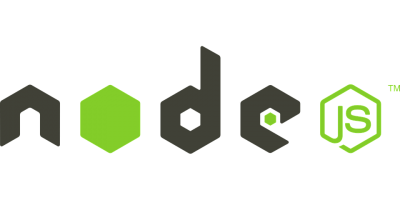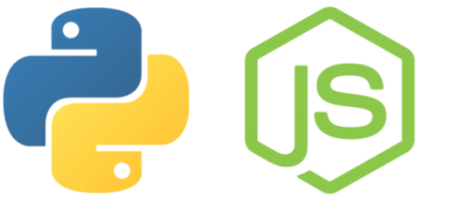Being a developer who is well versed in multiple programming languages or when trying to learn a new language to develop your app can sometimes be a hassle. After all, selecting the right language for development and in turn, the platform is an important step when designing the back-end of your application. Presently there are quite a few platforms that offer flexibility and reliability when it comes to developing a web app.
In this post, we’ll be covering two of the most popular development platforms, Node.JS and Python, with an aim of figuring out how Node.JS fares in contrast to Python.
What is Node.JS?
Node.JS was first released in 2009, by Ryan Dahl. It is an open source JavaScript-based runtime environment that’s built on Chrome’s V8 engine. It runs server-side scripts enabling developers to build powerful and scalable applications. Node.JS is supported by various platforms like Windows, Linux, Mac OS X, Unix etc.
Features of Node.JS
- Node.JS is easy to learn, understand and implement.
- It uses JavaScript for server-side scripting.
- It is highly memory efficient as it runs single-thread, asynchronous programs allowing dynamic page content generation.
- Its libraries are non-blocking, i.e the server doesn’t have to wait for the API to return data and can continuously move on to the next request.
- Although Node.JS runs on a single-thread it is scalable to support single as well as multi-threaded applications.
Where to use Node.JS?
- As a developer, if you usually create server-side web apps that don’t have many CPU computations then Node.JS is a good choice. You can completely build your web app in JavaScript using Node.JS and a JSON oriented database.
- Another application where Node.JS can be used is an application dashboard that monitors a website. If you help customers by building real-time visually interacting control panels that tracks the visitors in real-time basis then Node.JS is the best choice, with its two-way client-server communication sockets.
- For many web platforms, data streams are considered to be different entities distributed as HTTP request and response. However, these two are not separate. With Node.JS, web pros can use this feature to process files at the time when the files are being uploaded. This helps in reduction of processing duration when the data streams. The best thing is that this can even be used when deploying the recording in real-time.
Node.JS or Python: Which to Choose?
Although the choice of choosing which back-end platform to use heavily relies on the fact of what you wish to build using the platform.
If you are committed to using JavaScript and build real-time web app projects and chat applications then Node.JS is the one recommended with its faster web page loading time and support.
However, if you want to build exhaustive mobile and web apps and are dealing with the server-side of the project, Python is the way to go with its object-oriented, procedural and functional styles. Also, you can use Python to develop GUI side of the applications, machine learning, and AI applications. Have a look at the 6 best GUI frameworks for Python we’ve compiled.
Conclusion
On a whole, both Node.JS and Python are favoured by web developers and neither is going to lose focus for at least some years to come. Both the platforms have their own pros and cons, all that matters is which drawbacks you can ignore as long as your application isn’t affected and you’re good to go.
If you have any suggestions, or you prefer one platform from either of these do let us know in the comments section below.
There is no ads to display, Please add some



